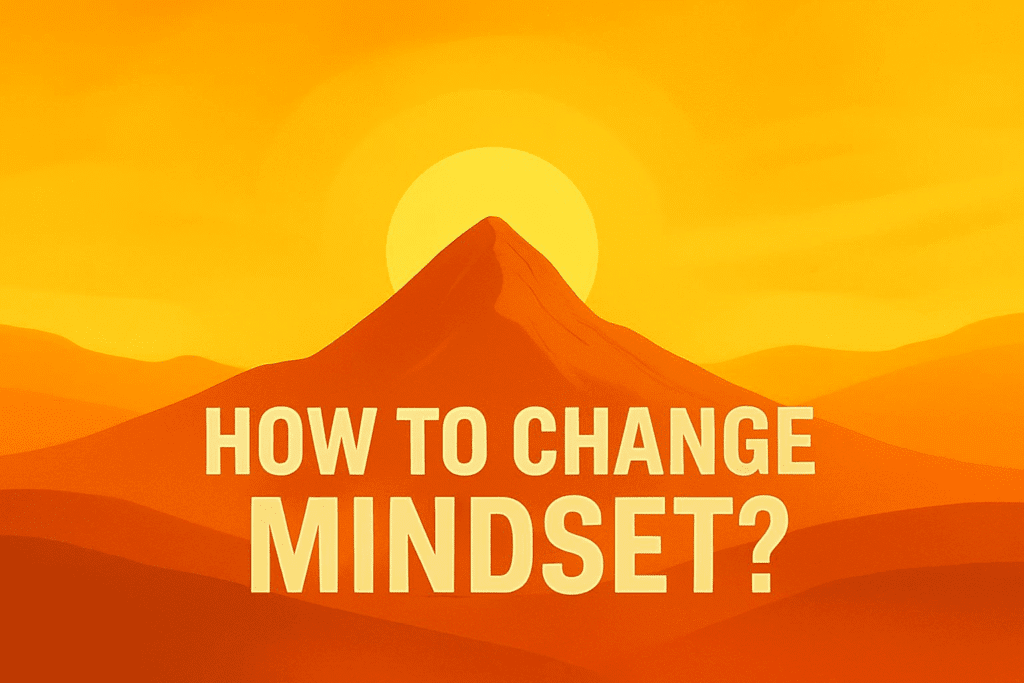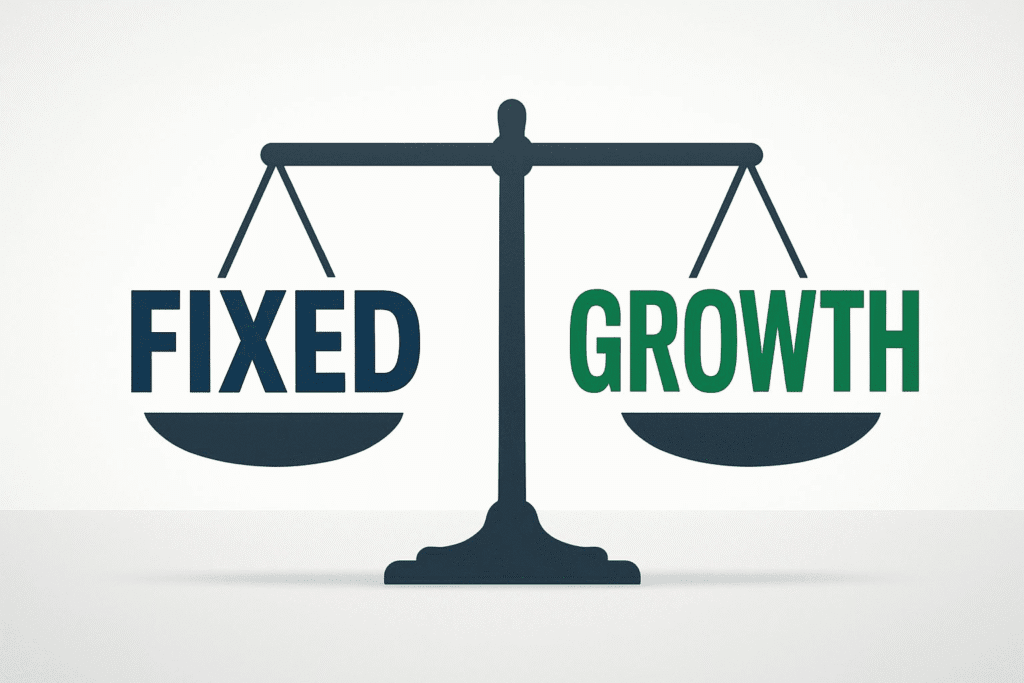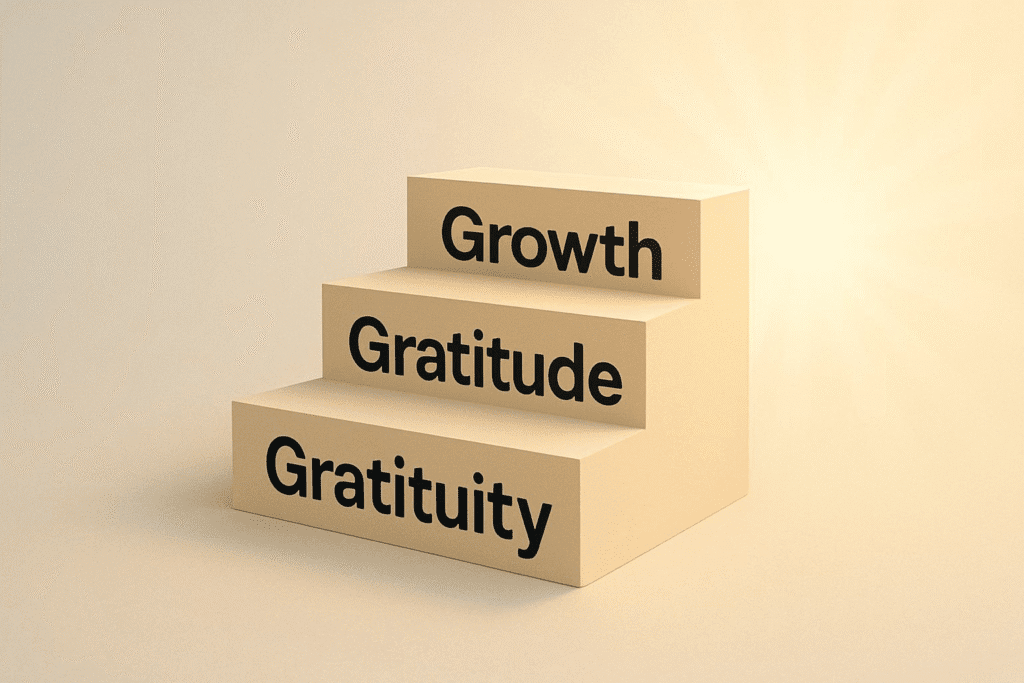Introduction

The way we perceive the world, react to challenges, and approach opportunities is deeply rooted in one powerful aspect of our lives: our mindset. This collection of beliefs, attitudes, and assumptions shapes everything from our decisions to our relationships, often becoming the invisible thread that guides our actions. Yet, for many of us, there comes a time when we feel the need to make a change—to shed limiting beliefs, embrace growth, and open new doors to possibilities.
Changing your mindset isn’t a trivial task; it’s a profound transformation that requires effort and commitment. Whether you’re looking to overcome negative thinking, boost your self-confidence, or cultivate a perspective of continuous learning, shifting your mindset can unlock paths to personal and professional success that once seemed unattainable.
In this blog, we’ll explore what mindset truly means, why it holds so much power over our lives, and most importantly, how you can begin to change yours for the better. With practical strategies, examples, and insights into overcoming common barriers, this guide is designed to help you take that first step toward a renewed perspective—and ultimately, a better version of yourself.
What is a Mindset?

A mindset is much more than just a collection of thoughts—it is the lens through which we view the world. It encompasses our beliefs, attitudes, and assumptions, shaping how we interpret experiences, solve problems, and approach challenges. This mental framework acts as a guide, influencing our emotions, behaviors, and the decisions we make daily.
One of the most widely recognized concepts of mindset is the distinction between a fixed mindset and a growth mindset, as identified by psychologist Carol Dweck. A fixed mindset is characterized by the belief that abilities and intelligence are static traits. Individuals with this mindset often avoid challenges, fearing failure and criticism, as they view setbacks as a reflection of their capabilities. On the other hand, a growth mindset embraces the idea that talents and intelligence can be developed through effort, learning, and perseverance. People with this mindset are more likely to see challenges as opportunities for growth and are resilient in the face of adversity.
Mindsets are not set in stone—they evolve with life experiences, external influences, and conscious effort. By understanding your current mindset, you gain the power to reshape it, turning limiting beliefs into empowering ones and unlocking new potential.
Why Change Your Mindset?

Your mindset is the driving force behind your thoughts, actions, and reactions. It influences how you approach challenges, navigate opportunities, and interact with the world around you. Changing your mindset is not just a mental shift—it’s a transformational process that can impact every aspect of your life.
Unlocking Your Potential
A fixed mindset often holds us back, trapping us in a cycle of self-doubt and fear of failure. By embracing a growth mindset, you open the door to self-improvement and creativity. A positive shift in mindset helps you see opportunities where others see obstacles, allowing you to unlock your true potential.
Improving Relationships
Your mindset affects how you connect with others. A negative mindset can lead to misunderstandings, mistrust, and conflict, while a positive outlook fosters empathy, collaboration, and stronger bonds. By changing your mindset, you can create healthier relationships and a more supportive environment.
Boosting Resilience and Productivity
Life is full of challenges, and your mindset determines how you respond to setbacks. A resilient mindset allows you to bounce back from failures, adapt to changes, and stay motivated even in difficult times. This shift also enhances productivity, enabling you to focus on solutions rather than problems.
Living a Fulfilled Life
Ultimately, changing your mindset can lead to greater happiness and fulfillment. By cultivating a perspective that embraces growth, gratitude, and optimism, you create a life that feels more meaningful and rewarding.
Changing your mindset is not an overnight process—it requires effort, consistency, and a willingness to embrace change. But once you start, the rewards are immeasurable, paving the way to a brighter, more empowered future.
Steps to Change Your Mindset

Changing your mindset is a transformative journey that involves reflection, intention, and action. Here are practical steps to help you shift your perspective and create lasting change:
1. Acknowledge Your Current Mindset
The first step to change is awareness. Take time to reflect on your thoughts, beliefs, and attitudes. Are they empowering or limiting? Identifying patterns in your mindset—whether fixed, negative, or growth-oriented—will help you understand the areas that need transformation.
2. Set Clear Goals
Define what you want to achieve and why. Whether it’s building confidence, pursuing a new career, or improving relationships, setting clear goals gives you direction and motivation. A strong “why” serves as the foundation for your mindset shift.
3. Embrace Challenges
Adopt a mindset that sees obstacles as opportunities for growth rather than setbacks. Challenges are a natural part of life, and each one holds valuable lessons. By facing them head-on, you cultivate resilience and learn to thrive in difficult circumstances.
4. Surround Yourself with Positivity
Your environment plays a crucial role in shaping your mindset. Seek out people who inspire and support you. Whether it’s friends, mentors, or communities that share your values, positive influences help reinforce a growth-oriented mindset.
5. Practice Gratitude
Focusing on the positive aspects of your life can shift your perspective. Start a gratitude journal, listing three things you’re grateful for each day. Over time, this practice rewires your brain to see abundance rather than lack.
6. Learn Continuously
Commit to lifelong learning and self-improvement. Read books, attend workshops, or explore new hobbies. Expanding your knowledge and skills reinforces the belief that growth is always possible.
7. Visualize Success
Use the power of visualization to picture yourself achieving your goals. Imagine how it would feel to succeed and what steps you took to get there. Visualization strengthens your belief in your abilities and keeps you motivated.
8. Challenge Negative Thoughts
We all have inner critics, but you don’t have to listen to yours. When negative thoughts arise, question their validity and replace them with positive affirmations. For example, turn “I can’t do this” into “I’m capable of learning and improving.”
9. Seek Feedback and Support
Growth thrives on constructive feedback. Be open to hearing others’ perspectives, whether from trusted friends, family, or mentors. Their insights can help you identify blind spots and areas for improvement.
10. Celebrate Small Wins
Changing your mindset is a gradual process, so celebrate the small victories along the way. Recognizing progress keeps you motivated and reminds you that every step counts.
By following these steps with consistency and determination, you can reshape your mindset and unlock new possibilities in life.
Common Barriers to Changing Mindset

Changing your mindset is a powerful process, but it’s not without its challenges. Many people encounter obstacles that make the journey difficult. Recognizing these barriers is the first step toward overcoming them. Here are some of the most common hurdles and strategies to tackle them:
1. Fear of Failure
Fear of failure is one of the biggest barriers to changing your mindset. It can paralyze you, making you hesitant to take risks or try new things. This fear often stems from a fixed mindset, where failure is seen as a reflection of your abilities.
How to Overcome: Reframe failure as a learning opportunity. Remind yourself that every mistake is a step toward growth and improvement.
2. Negative Self-Talk
The inner critic can be relentless, feeding you thoughts like “I’m not good enough” or “I’ll never succeed.” These negative beliefs can reinforce a fixed mindset and prevent you from embracing change.
How to Overcome: Practice positive affirmations and challenge negative thoughts. Replace “I can’t” with “I’m learning” or “I’ll try.”
3. Resistance to Change
Humans are creatures of habit, and stepping out of your comfort zone can feel daunting. Resistance to change often arises from fear of the unknown or a lack of confidence in your ability to adapt.
How to Overcome: Start small. Take gradual steps toward change, and celebrate each milestone to build confidence.
4. Lack of Support
Surrounding yourself with people who doubt or discourage you can make it harder to shift your mindset. Negative influences can reinforce limiting beliefs and hinder progress.
How to Overcome: Seek out supportive communities, mentors, or friends who inspire and encourage you. Positive influences can make a significant difference.
5. Perfectionism
The pursuit of perfection can be a major roadblock. Perfectionists often avoid taking action for fear of not meeting their own high standards, leading to procrastination and self-doubt.
How to Overcome: Embrace progress over perfection. Focus on taking action, even if it’s not flawless, and recognize that growth comes from effort, not perfection.
6. Impatience
Changing your mindset is a gradual process, and impatience can lead to frustration or giving up too soon. Many people expect immediate results and feel discouraged when progress is slow.
How to Overcome: Practice patience and persistence. Remind yourself that meaningful change takes time and consistency.
7. Comparison with Others
Constantly comparing yourself to others can create feelings of inadequacy and self-doubt. This mindset can make you focus on what you lack rather than what you can achieve.
How to Overcome: Focus on your own journey. Celebrate your progress and set personal goals that align with your values and aspirations.
By identifying these barriers and implementing strategies to overcome them, you can pave the way for a successful mindset transformation. Remember, the journey may be challenging, but the rewards are worth the effort
Conclusion
Our mindset shapes our reality—it influences how we perceive challenges, embrace opportunities, and connect with the world around us. A growth-oriented mindset is the key to unlocking our potential, fostering resilience, and achieving lasting fulfillment. But changing your mindset is not just about replacing negative thoughts with positive ones; it is a deliberate journey that requires reflection, commitment, and continuous effort.
Throughout this blog, we’ve explored the importance of mindset, the barriers that can hold us back, and practical steps to initiate meaningful change. From identifying your current beliefs to embracing challenges and celebrating small wins, the path to transforming your mindset is as rewarding as the outcomes it leads to.
As you embark on this journey, remember that mindset shifts don’t happen overnight. It’s a gradual process that involves patience, persistence, and self-compassion. Whether you’re striving to overcome fears, build confidence, or pursue a new direction in life, a changed mindset will empower you to see the world with renewed possibilities.
Let this guide serve as a starting point for your transformation. Embrace the challenges, celebrate the progress, and cherish the growth that comes with changing your mindset. In the end, the journey is yours to shape—and it holds the promise of a brighter, more fulfilling future.
FAQ’s
What is the difference between a fixed and growth mindset?
A fixed mindset is based on the belief that traits like intelligence and talent are unchangeable. People with this mindset may avoid challenges and fear failure because they perceive these setbacks as limitations of their abilities. On the other hand, a growth mindset embraces the idea that traits can be developed through effort, learning, and persistence. Individuals with this mindset view challenges as opportunities to grow and thrive.
Can anyone change their mindset?
Yes, absolutely. Changing your mindset is possible for anyone willing to invest effort and time into self-reflection and personal growth. Mindsets are not permanent—they are shaped by experiences, habits, and choices. With persistence, a willingness to embrace change, and consistent practice, anyone can shift toward a more empowering and growth-oriented perspective.
How long does it take to change a mindset?
Changing a mindset is a gradual process that varies from person to person. Factors such as the depth of ingrained beliefs, the frequency of practice, and the level of commitment can influence the timeline. While small shifts can happen within weeks, significant transformation often takes months or even years of sustained effort
What are some practical exercises for changing mindset?
Several activities can help you rewire your thinking:
Journaling: Write about your thoughts, goals, and progress to gain clarity and reinforce positive patterns.
Meditation: Practice mindfulness to become more aware of your thoughts and reduce negative self-talk.
Positive Affirmations: Repeating empowering phrases like “I am capable” or “I embrace challenges” can counteract negative beliefs.
Gratitude Practice: Regularly listing things you’re thankful for shifts focus toward positivity and abundance.
Why is mindset important for success?
Your mindset shapes your approach to challenges, your willingness to learn, and your persistence in achieving goals. A positive mindset fosters resilience, adaptability, and creativity—traits essential for success in both personal and professional endeavors. It empowers you to overcome setbacks and continue striving toward your aspirations.
